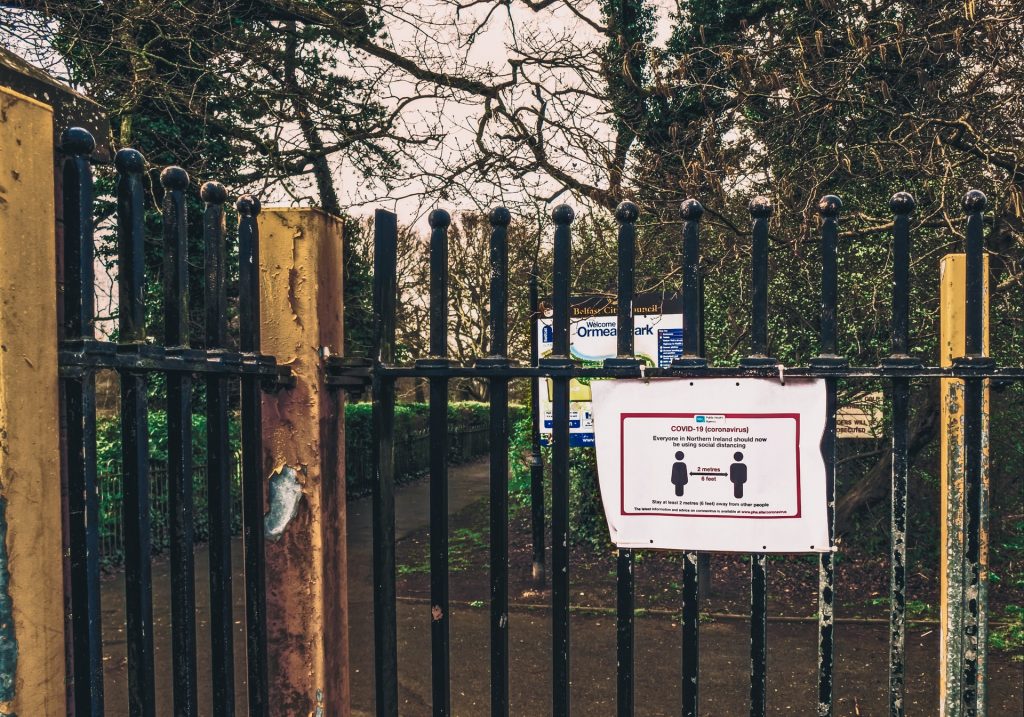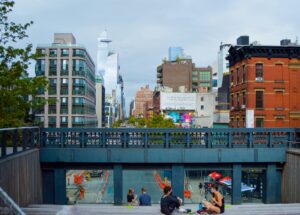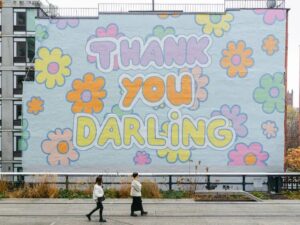As many countries ease lockdown restrictions, residents are returning to old spaces that now feel unfamiliar. The places themselves did not change – but from wearing masks to avoiding crowds, the way we are allowed to navigate them is going to be radically different.
Many of these changes may remain for some time. Even once the spread of coronavirus is contained, the risk of a new wave of contagion will remain as long as a vaccine is not available, which may take between nine months and two years. Moreover, scientists say, new, equally destructive diseases could paralyse humanity in the future, just as the coronavirus has done in 2020.
For those who work on planning our future cities and public spaces, the pandemic is both a daunting threat requiring immediate measures – and an opportunity to rethink how we live, move, and get together.
Humans don’t cope well with isolation. Multiple studies analysing the outcomes of quarantine during past epidemics found that it severely affects mental health, sometimes even resulting in post-traumatic stress disorder. Restoring social spaces as soon as it’s safe to do so is more than a financial priority, experts say. It’s a way to look after people’s wellbeing and help their recovery after a global health crisis.
Read the full article on BBC
Author: Lou Del Bello
Recommended by Stephanie Cheung











More Stories
A stealthy reimagining of urban public space by Elizabeth Diller
Security by Design: Protection of public spaces from terrorist attacks
10 years of Global Public Space Programme – Annual Report 2022 and reflections on a Decade of Public Space